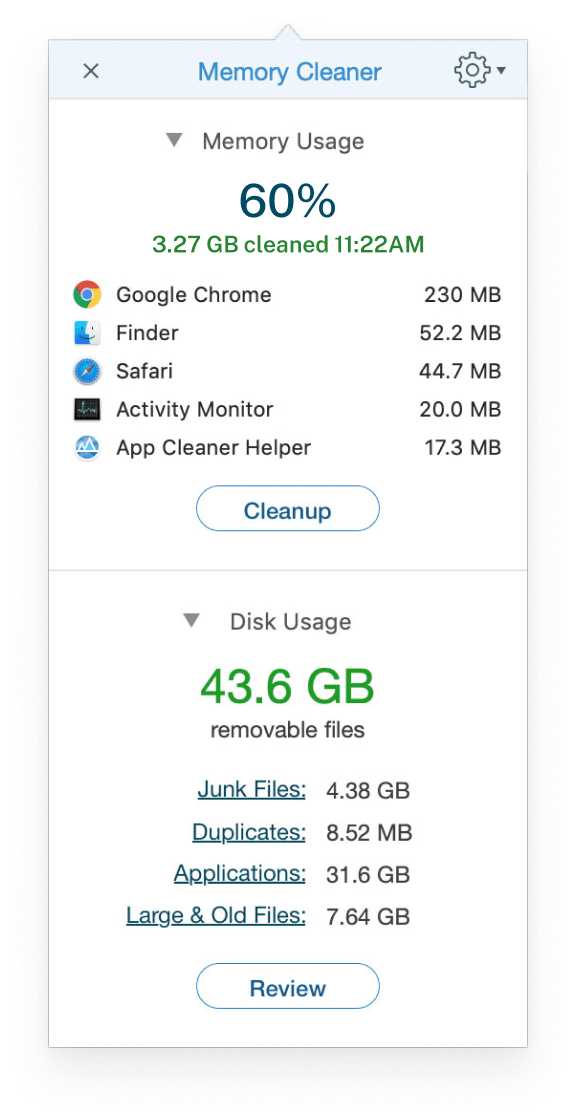HackZ Memories Mac OS

give me coffee!
Manipulating a process's memory behind its back is a Bad Thing and is fraught with peril. That's why Mac OS X (like any Unix system) has protected memory, and keeps processes isolated from one another. Of course it can be done: There are facilities for shared memory between processes that explicitly cooperate. Upgrade the memory of nearly any iMac, MacBook Pro, Mac Pro, or Mac mini. Save money by trading in your original memory chips for a cash rebate.
As I'm currently rewriting Q - [kju:] from scratch, I have to tackle a longstanding QEMU frontend problem: vga buffer of the guest os in one application - vga output window in a viewing/controlling app.
The most economic would be a buffer that could be accessed by both apps. Shared Memory.
There was once a shmem patch submitted to the QEMU dev list, but it got dropped in favor for a vnc solution. As I'm not satisfied with vnc speed, I took a stab at the shmem patch.
shmem on OS X, it's a no-go..
Logic pro 9 training videos. Shmem would be the most geleagnt way of creating shared memory. Unfortunateley, Apple has limited shmem to a lousy 4MB - for the whole system!Blade:~ mike$ cat /etc/rc grep shmmaxManipulating rc is not my thing. Setting shmem with 'sysctl -w kern.sysv.shmmax=10485760' to 10MB on the fly needs to much privileges.
sysctl -w kern.sysv.shmmax=4194304 kern.sysv.shmmin=1 kern.sysv.shmmni=32 kern.sysv.shmseg=8 kern.sysv.shmall=1024

Distributed Object, anybody?
I'm already using DO to communicate between the controoling ap and the QEMU instances. The problem with DO is, that all the messages are copied and sent to the corresponding object. So accessing a buffer in a distandt object with - (void *) screenBuffer; will copy and send the whole buffer, not just a memorypointer. The advantage of the DO, you could have the viewer on a different machine - (Q - [kju:] Server anybody? :)).
So I wrote a methode, that just sends updated segments of the screenBuffer.
Here is a downstripped version of the Distributed Object (DO) I used to transfer changes in the guests videoram to the viewer:
DO in data reciever process:
DO in data creator process:
Downside of the shared Object: data is copied at least 2 times: when the message is created and when the data is writen from the message to the reciveers buffer. Faster than vnc.. but data objects are sometimes not released as fast as created => incredible memory footprint.
finally, mmap!
With mmap you can load a file into memory. If more than one processes mmap the same file, all processes can access the same mmap, that way we have shared memory, and a convenient way to share the adress: the file.
Hackz Memories Mac Os Catalina
First we need a file the size we need shared memory..
.. https://game-od-enchanted-garden-whichdeposit.peatix.com. after we attach, from multiple processes.
Downside? Well if more than one process make changes to the mmaped file, it's writen from time to time (normally when the last process exits) but I can live with that.
I hope to comit the rewrite of Q - [kju:] soon 🙂
Hackz Memories Mac Os Download
Mike